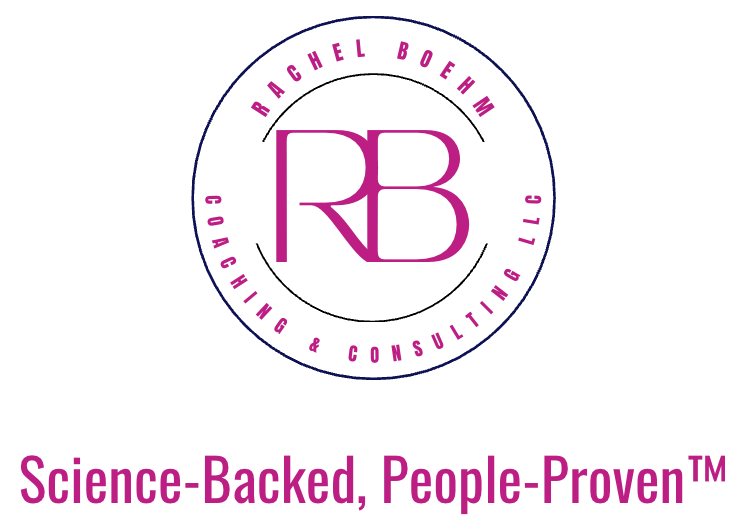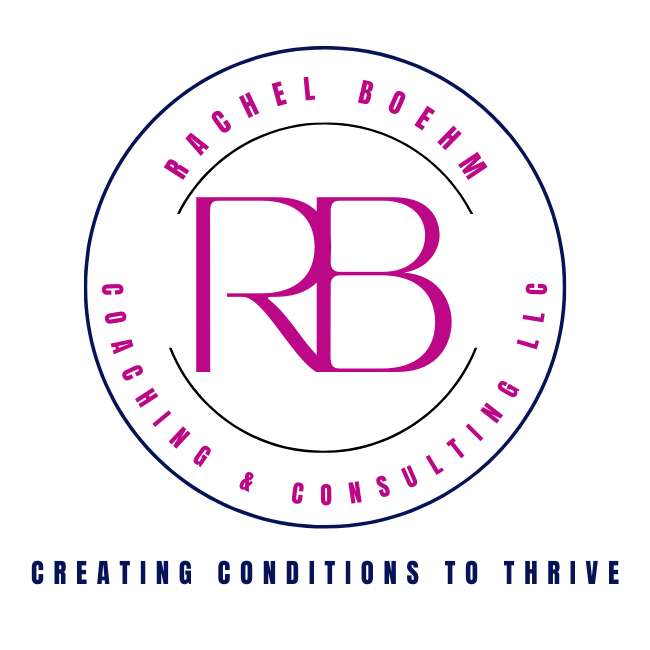Why You Can’t Motivate Your Way Through Change: Burnout, Engagement, & The Risks of Transformational Leadership
Organizational change is both unavoidable and encouraged. That’s such an obvious statement as to almost be annoying,
but it’s important to state up front that the question here isn’t whether to change but how to do so in a way that gets employees so invested in the transition that they’re not just buying in, they’re helping make the case with leadership.
Or put another way, they aren’t just drinking the Kool-Aid, they’re helping to make it.
This is the hardest part of a change initiative and often not prioritized to the degree it should be, given that people-related issues are one of, if not the most common, reasons change initiatives fail to meet business goals. Failing to recognize the human side of change can set the stage for burnout and disengagement, two risks that erode employee well-being and, in turn, performance and retention.
Research shows that if employees perceive the change as what’s called in psychology a “job demand,” they are at a greater risk of burnout and their engagement dips, even if their leadership practices what is often thought of as the most effective leadership style.
Transitions: When Demands Spike and Engagement Drops
Change is derailing, even if it’s change for the better. Employees often experience organizational changes as an increase in “job demands,” which, put simply, means that work starts to require more effort, energy, or attention than usual. Job demands are an increase in the physical, psychological, social or organizational aspects of a job that require greater effort and skills to do the job.
In the case of organizational change, examples of such demands include new roles, new locations, new hierarchies, new technologies, new performance expectations or processes, unpredictable workloads, ambiguity about the future in general, job insecurity, increased workload, a change in perceived status, or more often a combination of these.
The counter to demands is “resources.” Resources mean essentially the support and tools one has to rise and even surpass the demands. These tools could be one’s ability to reframe the feelings of uncertainty. They could also be the support provided by the organization, such as transparency and training, through the transition.
In a nutshell, if the resources can’t meet the demands, burnout risk goes up. Engagement takes a hit. People struggle to cope in different ways, not always healthily or conducive to a productive work environment or supportive interpersonal relationships. Infighting, sabotage, reduced commitment, poorer customer/client service, increased mistakes, incivility, rumors…The resistance to change is a survival mode, of sorts. If not addressed, the resistance will likely mean lost revenue and even a hit to the firm’s reputation.
Importantly, research has shown that how demanding employees perceive the change to be is critical. Perception is everything, so managing perceptions of change early and throughout the transition is critical to minimizing employees’ perceptions that the change is too demanding for them to adapt to.
Engagement Is Not Just an Attitude
Contrary to how engagement is often characterized in the popular press, engagement isn’t just about working hard or feeling positive. It’s the willingness to invest energy, focus, and care into the work, even when things get tough.
But under heavy job demands, employees naturally ration their commitment to avoid exhaustion. Again, survival mode.
This means organizations cannot simply urge their people to "embrace change" and expect engagement to follow. You have to provide them with real, tangible, and emotional support to meet the moment and assuage the concerns driving the resistance.
Additionally, messages such as “embrace the change” can come across as patronizing and give the impression that the organization is putting the onus wholly on the employees to figure it out and suck it up.
Minimizing the negative impacts of change is a shared responsibility of the organization and the staff. People can only be so resilient. The environment around them must support their ability to exercise resilience, or the terms I have found are " land better, “change agility,” and “change engagement”.
What About the Transformational Leader?
Much has been made of transformational leadership, the idea that vision, inspiration, and empowerment can pull teams through stormy times. However, research for more than 10 years has shown that transformational leadership is not the cure-all that the popular press believes it to be. And even, to be fair, that researchers first thought.
Very briefly, the dark sides of transformational leadership include the potential for power abuse and manipulation to motivate employees to pursue the interests of leaders only, rather than collective goals. Transformational leadership can also be depleting for even the best of leaders, increasing their emotional exhaustion and turnover intentions. Staff can also become overly reliant on the leader for guidance and direction, and increase burnout if the expectations are set too high or to try to maintain the high levels of motivation the leader seems to demand. The focus on motivation and inspiration could come at the expense of structure.
Specifically in change initiatives, research has found that transformational leadership can itself be disruptive and a “change”, causing resistance to it on top of any other initiatives, leading to increased conflict. And, as Buttigieg, Daher, Cassar, and Guillaume (2022) found, the motivation that employees may feel from transformational leaders does not protect them from the burnout caused by heightened change pressures. So even if the employees feel motivated and engaged, they can still burn out.
So, What’s a Leader to Do?
· Early and Transparent Communication: Sharing clear, honest information about the change reduces uncertainty and can shape more positive perceptions of the transition and faith in leadership.
· Acknowledge Impact Early, Often, and Visibly. Let people know it’s normal to feel strained and that leadership takes the risks of burnout seriously.
· Go beyond speeches. Show up often, listen to concerns, and provide concrete follow-through when obstacles or staffing issues appear.
· Cut out unnecessary complexity. Streamline projects and processes so teams can focus on delivering service rather than navigating chaos.
· Invest in practical supports. Offer resources that lighten the load, such as staff coverage, workload management, mental health resources, people-centered change management, proper messaging to include transparency, ensure fairness in decision-making, and provide opportunities for professional development.
· Check in regularly, not just at kickoff. Regularly assessing employee perceptions and well-being will help identify early signs of withdrawal, frustration, exhaustion, or other signs of change fatigue and burnout. This helps you take action before things spiral. Tools you can use include pulse surveys, small-group meetings, and anonymous digital feedback.
· Active Employee Involvement: Involve employees in planning and problem-solving around the change. This helps them feel a sense of control and decreases perceptions of change as a threat.
Want help with the specifics? Schedule a 15-minute consultation here.
Citation of the Mentioned Paper
Buttigieg, S. C., Daher, P., Cassar, V., & Guillaume, Y. (2022). Under the shadow of looming change: linking employees’ appraisals of organisational change as a job demand and transformational leadership to engagement and burnout. Work & Stress, 37(2), 148–170. https://doi.org/10.1080/02678373.2022.2120560


